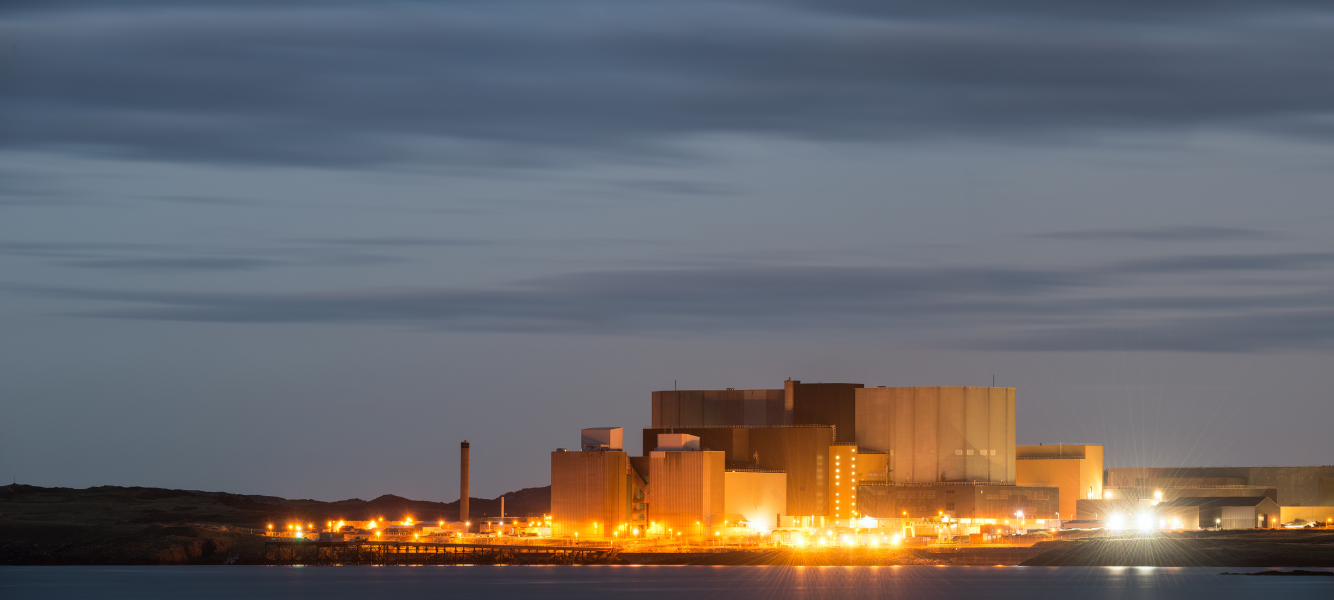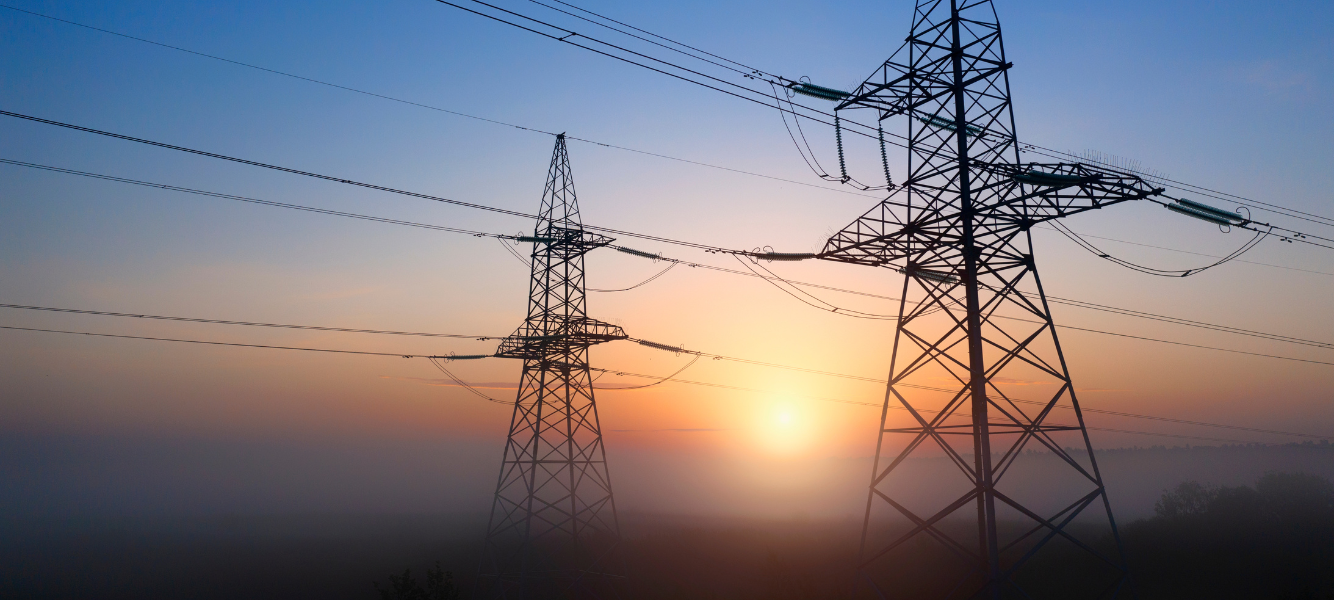Remember when power generation felt like a closed club of ageing coal boilers and steady gas turbines?
Those days are gone.
The United States grid is flicking the switch on the biggest rebuild since Edison threaded copper through Manhattan.
Federal incentives, surging renewables, and record private backing are pumping billions into fresh megawatts. Behind the headline numbers sits a far more interesting story for engineers, as detailed by Dan Grosvenor.
New projects mean new blueprints, new kit to commission, and a conveyor belt of roles that did not exist five years ago.
Wind technicians now outpace dental hygienists on the growth charts, battery storage has leapt from curiosity to multi gigawatt workhorse, and hydrogen hubs are hiring chemical graduates by the score.
Even nuclear is dusting itself off with small modular reactors that can slot inside a business park.
In short, if you can interpret a P&ID, automate a relay, or coax an inverter back online after a lightning strike, employers are queueing up.
This guide cuts through the noise.
We will explain why demand has exploded, which technologies are paying top dollar, and how you can position your career to surf the clean energy swell rather than watch it from the beach [1].
1. The Macro Shift, why energy is suddenly cool again
Picture the grid as a giant pie.
In 2020 gas grabbed the fattest slice, coal sulked in second place, and renewables nibbled the crust.
Fast forward to 2025 and the ratios look very different.
Coal’s share has fallen below 16%, wind and solar together generate more than 21%, and batteries have appeared as a brand new colour on the Energy Information Administration charts [1].
Three policy moves sit behind the change.
- Inflation Reduction Act, the money tap
Ten year tax credits locked in by the Act give developers rare certainty. Analysts count more than three hundred and forty new clean energy factories and projects announced since it passed [1]. - Bipartisan Infrastructure Law, the cable upgrade
Sixty five billion dollars for transmission lines is not sexy but it is essential. Grain Belt Express in the Midwest and SunZia in the Southwest are only two examples of multi state routes that will carry wind and solar from remote plains to crowded cities [1]. - State clean power mandates, the race to one hundred percent
Twenty one states plus the District of Columbia have promised fully clean grids by mid century, with California and New York aiming even earlier. No developer wants to be last to that party, so pipelines are stuffed with projects [1].
Combine policy with falling kit costs, ever larger turbines, and a corporate rush to decarbonise, and you get what Bloomberg calls a once in a generation hiring boom.
The United States added more than one hundred and fourteen thousand new clean energy jobs in a single year, outpacing the wider economy by more than two to one [1].
2. Technology spotlight, six arenas that are soaking up talent
Below is a snapshot of where the action is hottest.
Each technology brings a different balance of risk, reward, and required skill.
Wind, onshore and offshore
Onshore wind already spins more than 140GW, and the Department of Energy wants 330GW by 2035.
The result is a projected shortfall of 124,000 technicians if training fails to keep up [1].
Offshore, the Biden Administration targets 30GW by 2030.
Marine engineers, subsea cable specialists, and blade technicians who can work from boats are at the sharp end of new hiring sprees, particularly along the Atlantic seaboard [1].
Hot roles:
- Wind turbine service technician (fastest growing job in the country, sixty percent growth predicted) [1]
- Site operations engineer, maximising SCADA data to squeeze extra output
- Substructure design engineer, transferring oil and gas foundation know‑how into monopiles and jackets
Utility-scale solar
Solar has doubled its share of the generation mix since 2020 and now matches hydropower for the first time [1].
Capacity will jump another 75% by 2025 according to Energy Information Administration forecasts.
Installers, project engineers, and grid interconnection specialists are in constant demand because construction pipelines run years deep.
Hot roles:
- NABCEP certified solar designer, ensuring arrays pass utility scrutiny
- Project manager for one hundred megawatt plus builds in the Sun Belt
- SCADA engineer for solar plus storage hybrid sites
Battery energy storage
The grid now hosts 28GW of battery plants, and Energy Information Administration expects that number to top 65GW by 2027.
Batteries turn midday solar into prime time power and enable lucrative market arbitrage.
Projects complete in 12-18 months, so contractors prioritise speed and safe commissioning.
Hot roles:
- Power systems engineer with NFPA 855 know‑how
- Battery thermal management specialist, often ex automotive, now re‑worked for containerised packs
- Energy markets analyst trading stored electrons across nodal price spreads
Green hydrogen
Tax credits worth up to three dollars per kilogram have jump started electrolyser orders.
Department of Energy modelling suggests as many as 700,000 hydrogen jobs by 2030 if hubs scale as planned [1].
Chemical and mechanical engineers who understand process safety and high pressure gases can name their salary.
Hot roles:
- Electrolyser process engineer, fine tuning stack efficiency
- Hydrogen storage and transport engineer, repurposing pipeline expertise
- Operations technician monitoring purity and moisture in gas streams
Small modular reactors
The first new United States reactors in decades, Vogtle 3 and 4, entered service in Georgia, and demonstration programmes for Natrium and Xe‑100 are underway.
While the Bureau of Labor Statistics expects total nuclear employment to dip slightly, looming retirements create gaps, and advanced reactors bring fresh digital skill requirements.
Hot roles:
- Reactor digital instrumentation engineer
- Licensing specialist bridging Nuclear Regulatory Commission rules with new reactor physics
- Construction integration manager converting coal plant real estate into modular nuclear sites
Carbon capture and storage
Richer 45Q tax credits are rebooting a technology once confined to academic slides.
Gas plants in Louisiana and Texas are filing permits to add capture units, and the first large direct air capture hubs are under construction.
Skills cross over heavily with petrochemicals.
Hot roles:
- CO₂ pipeline integrity engineer
- Solvent absorption process engineer
- Subsurface reservoir geologist for sequestration wells
3. Skills and credentials that hiring managers truly value
Recruiters might scan résumés for degree titles, yet the projects that come out on top share three themes.
- Digital literacy
Whether monitoring turbines via LIDAR or running predictive maintenance algorithms, data fluency is now a baseline, not a bonus. Engineers who can script in Python or R to query SCADA databases solve bottlenecks in days rather than weeks [1]. - Cross‑technology agility
Employers prize engineers who can translate steam cycle acumen into hydrogen electrolysers or turbine aerodynamic maths into solar tracker kinematics. Demonstrated curiosity beats narrow specialism every time. - Compliance mindset
NERC operator certificates, OSHA 30 cards, and NFPA battery safety training still open doors faster than any buzzword. Advanced nuclear also leans heavily on Professional Engineer licences and Nuclear Regulatory Commission senior reactor operator credentials. - Soft power
Teams that communicate clearly hit milestones and size grid upgrades correctly first time.
Certifications that pay a premium
| Certification | Typical Salary Uplift |
|---|---|
| NERC System Operator | Extra 10-15% |
| NABCEP PV Installation Professional | Extra 8-12% |
| GWO advanced rescue and blade repair | Extra 5-10% |
| Professional Engineer licence in structural or electrical | Extra 15 for design approval authority |
4. Where the jobs cluster
Clean energy has regional flavours.
- Texas leads in wind, solar, and batteries thanks to vast open space and the quick moving ERCOT market [1].
- California dominates storage and solar, driven by aggressive decarbonisation targets.
- Midwest hydrogen hub states, notably Illinois and Indiana, expect a hiring spike as federal grants flow.
- Georgia, Wyoming, and Washington host flagship nuclear projects and associated supply chains.
- East Coast ports from New Jersey to Virginia are racing to secure offshore wind assembly yards, creating everything from welding apprenticeships to subsea cable design posts.
Remote-first culture is creeping into operations desks, but field work still requires boots on ground, so relocation stipends and 14 days on, 14 off rotations are back in fashion.
5. Pay and progression
Median pay in utility scale generation already sits well above the national average, and the bidding war for talent is nudging it higher.
| Role | Median Pay (USD) | 75th Percentile | Growth Outlook to 2030 |
| Power plant operator, dispatch | $104,000 | $128,000 | stable, retirements offset closures |
| Wind turbine technician | $62,600 | $75,000 | sixty percent growth |
| Solar project engineer | $95,000 | $120,000 | strong |
| Battery storage control engineer | $100,000 | $130,000 | very strong |
| Hydrogen process engineer | $110,000 | $140,000 | explosive |
| Nuclear SMR commissioning lead | $120,000 | $150,000 | solid, niche |
Progression tends to follow one of two tracks.
Technicians climb into site supervisor roles within 3-5 years, often doubling pay.
Degree holders specialising in controls or grid integration can reach six figures inside 7 years by stepping into fleet optimisation or market trading teams.
Lateral moves, for example from solar Engineering Procurement Construction into battery storage, remain the fastest hack for a significant salary jump.
6. How to future proof your career
- Add a data layer
Learn Pandas, dive into SCADA historians, and practice turning live feeds into dashboards managers can act on the same day. - Embrace multi‑disciplinary projects
Volunteer for the next battery retrofit at your gas plant, or help the hydrogen pilot on your refinery. Each crossover experience multiplies your options. - Keep certifications current
Set a calendar reminder for continuous professional development hours. Standards evolve quickly, especially around battery safety and hydrogen handling. - Network in the right rooms
Join the American Clean Power Association, battery meet ups, or nuclear young generation societies. The best roles circulate by word of mouth long before a recruiter advertises. - Champion diversity
The sector knows it has a diversity gap, and companies are rewarding staff who mentor, create inclusive hiring funnels, and build a workforce that reflects modern America.
7. Your action plan
- Audit your skill gaps against the three big themes above.
- Pick one technology vertical to deepen over the next six months.
- Acquire the certificate that gives you the biggest pay bump quickest.
- Update your LinkedIn headline to reflect that new specialism.
- Reach out to Astute for tailored introductions to high growth employers.
The transition is happening with or without your CV in the mix.
Choose to be an early adopter and you will enjoy choice, leverage, and a salary trajectory that beats inflation by a clear margin.
Wait on the sidelines, and you may find yourself competing for shrinking legacy roles.
Energy is changing.
The smart move is to change with it.
Need fresh talent or a fresh role?
Contact Astute and tap into our network across wind, solar, hydrogen, nuclear, and more. We connect engineers with teams that value innovation and reward it with market leading packages.
Sources
-
EIA projects renewables share of U.S. electricity generation mix will …
-
Study Unlocks Opportunities To Bridge the US Wind Energy Workforce Gap | NREL
-
Solar and wind to lead growth of U.S. power generation | EIA
-
Coal-to-Nuclear Wyoming Project Breaks Ground | IBEW Government Affairs
-
Top 10 US Green Hydrogen Projects for 2025 and beyond | Airswift
-
US utility-scale energy storage to double, reach 65 GW by 2027 | Utility Dive
-
Power Plant Operators, Distributors, and Dispatchers | Occupational Outlook Handbook | BLS
-
532000 new wind technicians needed by 2028 | Windtech International
-
Global shortage of skilled technicians predicted for wind sector | Power Engineering International
-
Solar Photovoltaic Installers | Occupational Outlook Handbook | BLS
-
Electricity generation from U.S. solar grows 28% year-over-year | pv magazine USA
-
Celebrating Earth Month: The Outlook for Green Jobs | DOL Blog
-
US set to shatter grid battery records this year | Canary Media
-
How Drones are Transforming Offshore Wind Turbine Inspections | MacroFab
-
Retraining Oil and Gas Engineers in Renewable Energy | Tech Insights
-
Wyoming’s Transition From Fossil Fuels | Inside Climate News
-
Emerging Leader Program | NextEra Energy, Inc.

















